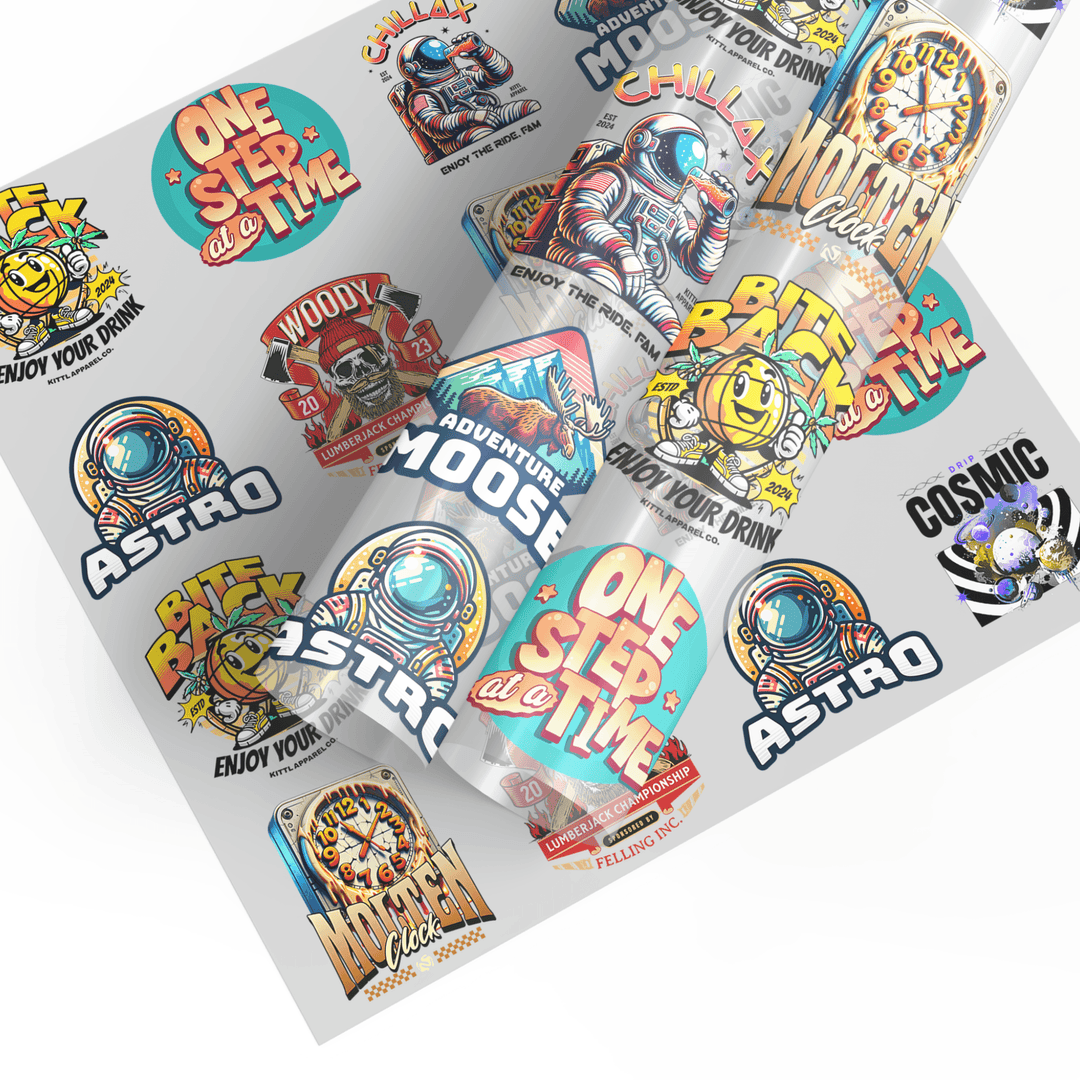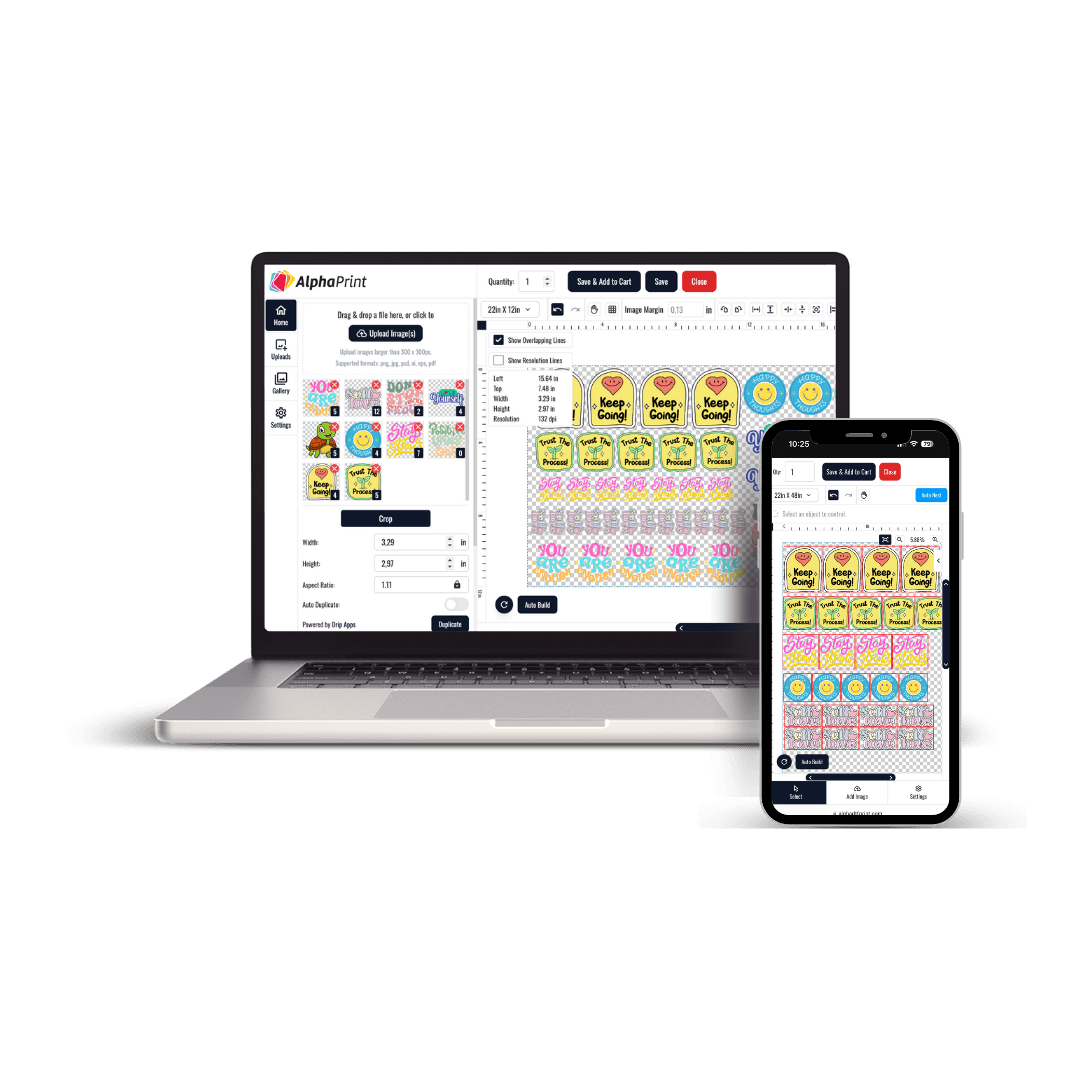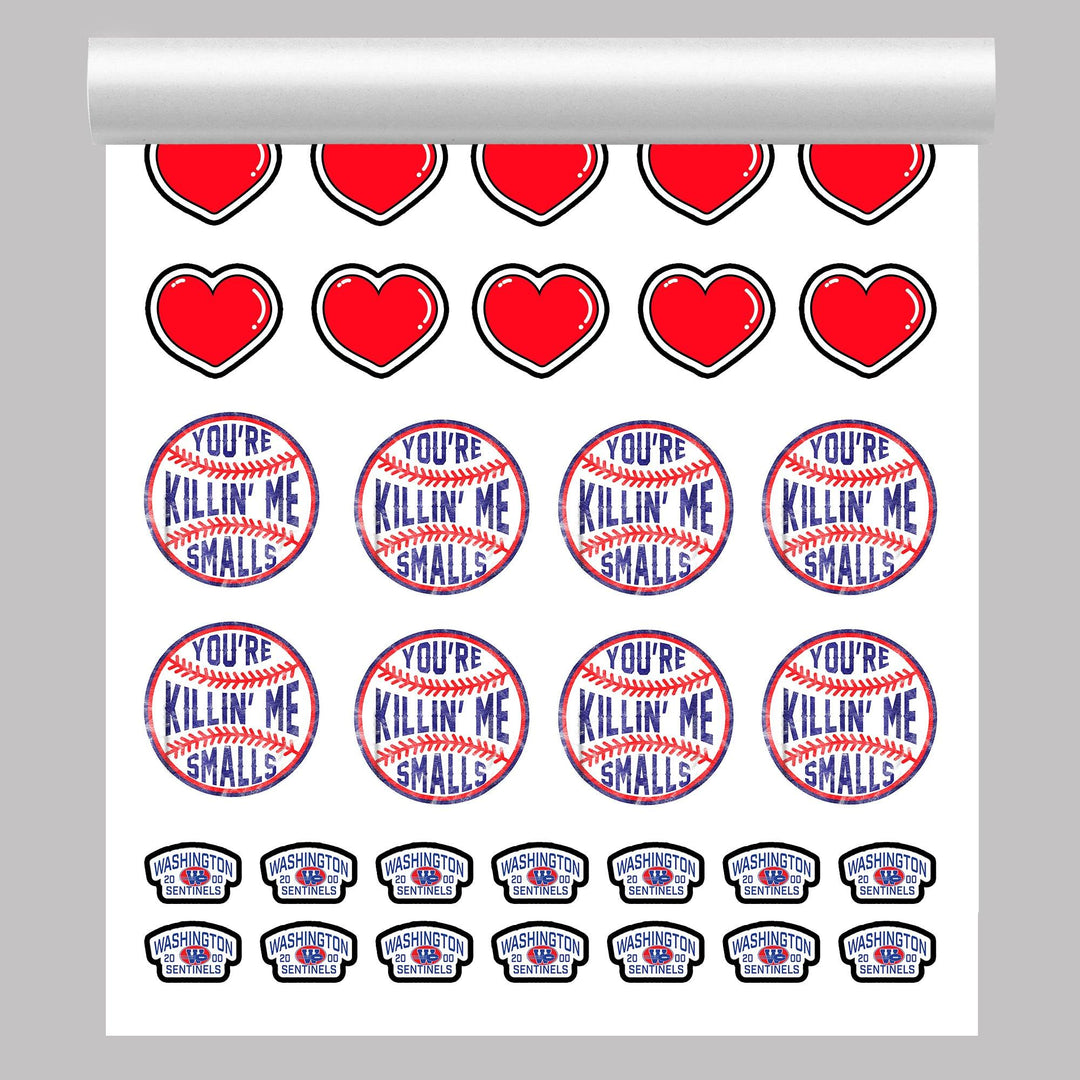UV DTF Paper: High-Quality Transfer Printing for Custom Apparel
What Is UV DTF Paper? – Custom Printing Solution
UV DTF paper is a modern and efficient solution for custom printing. By combining UV printing and direct-to-film (DTF) technology, this transfer material allows the creation of vibrant, durable designs that maintain high clarity over time. Suitable for a wide range of fabrics and other surfaces, it works with heat or UV curing methods to produce sharp, colorful prints with fine detail. Its versatility makes it ideal for professional printing shops, small businesses, or home-based projects.
UV DTF paper has transformed the way custom prints are made, allowing creators to produce high-quality designs with minimal effort. Unlike traditional transfer sheets, it provides faster drying times and a more reliable finish, ensuring that prints are ready for use shortly after production.
Key Advantages of This Transfer Material
This type of paper offers several advantages over conventional transfer methods:
-
Instant drying: UV-sensitive inks cure rapidly, reducing smudging and speeding up the production process.
-
Durable prints: Finished designs resist fading, cracking, and deterioration even after repeated washing.
-
High detail: Subtle gradients, intricate patterns, and fine lines are reproduced accurately.
-
Eco-friendly: Uses fewer harmful solvents and produces less environmental pollution compared to traditional methods.
These benefits make it a preferred choice for businesses, hobbyists, and large-scale manufacturers looking for high-quality results. The combination of speed, precision, and sustainability makes it stand out in the custom printing industry.
Applications of This Transfer Paper
This transfer material is highly adaptable and can be applied to numerous products, including:
-
Apparel: T-shirts, hoodies, and sportswear.
-
Accessories: Bags, hats, scarves, and other wearable items.
-
Home textiles: Pillowcases, curtains, and decorative fabrics.
-
Promotional items: Durable, professional-quality graphics for marketing and branding materials.
Its flexibility allows both startups and established manufacturers to expand their product offerings. From small boutique items to bulk production, this paper is compatible with a wide range of printing needs.
How to Use This Transfer Paper
Applying this paper is straightforward, but precise execution ensures optimal results:
-
Print your design using UV-reactive inks on the sheet.
-
Cure the ink using a UV light source to ensure complete drying.
-
Transfer the design to the fabric using a heat press, which activates the adhesive layer for secure bonding.
Pro tip: Accurate temperature and pressure settings are crucial to achieve vibrant, long-lasting results and prevent issues such as weak adhesion, smudging, or color dulling.
Choosing the Best Transfer Paper
When selecting sheets for printing, consider the following factors:
-
Coating quality: Determines how effectively the ink adheres and transfers.
-
Paper thickness: Thicker sheets may hold more ink but can be less flexible.
-
Printer compatibility: Ensure the sheets work with your specific printer and ink type.
-
Size and format: Choose sheets that match your design dimensions and printing equipment.
Testing samples before full-scale production can save time and reduce material waste, especially for complex designs.
Storage and Handling Tips
Proper storage ensures consistent quality:
-
Store sheets in a cool, dry environment away from direct sunlight.
-
Avoid moisture exposure, which can lead to curling or ink issues.
-
Use sheets within the recommended timeframe to maintain peak performance.
Following these practices reduces waste, preserves quality, and ensures every print meets high standards.
Environmental Benefits
Compared to traditional solvent-based printing, this method is more eco-friendly:
-
Consumes less energy during production.
-
Produces fewer harmful emissions.
-
Many sheets are recyclable or biodegradable, supporting sustainability initiatives.
Using environmentally conscious materials also enhances brand reputation and appeals to customers who prioritize eco-friendly products.
Cost Considerations
Although these transfer sheets are more expensive than standard options, the investment is justified by:
-
Long-lasting, high-quality prints that reduce the need for reprints.
-
Faster curing times, which decrease labor costs and increase production efficiency.
-
Reduced material waste and fewer customer complaints.
Investing in premium sheets can lead to long-term savings and higher customer satisfaction.
Conclusion
UV DTF paper provides a reliable, modern solution for vibrant, durable, and eco-friendly prints. Suitable for multiple fabrics and applications, it offers advantages that traditional papers cannot match. Correct selection, careful handling, and proper use of equipment maximize efficiency and output quality. This transfer material is a valuable resource for small businesses, hobbyists, and large-scale manufacturers alike, allowing them to produce professional, long-lasting designs with ease.






